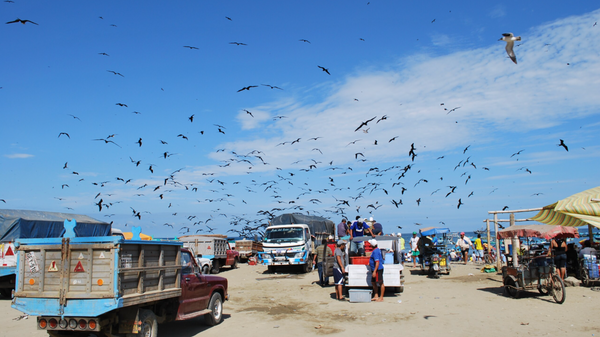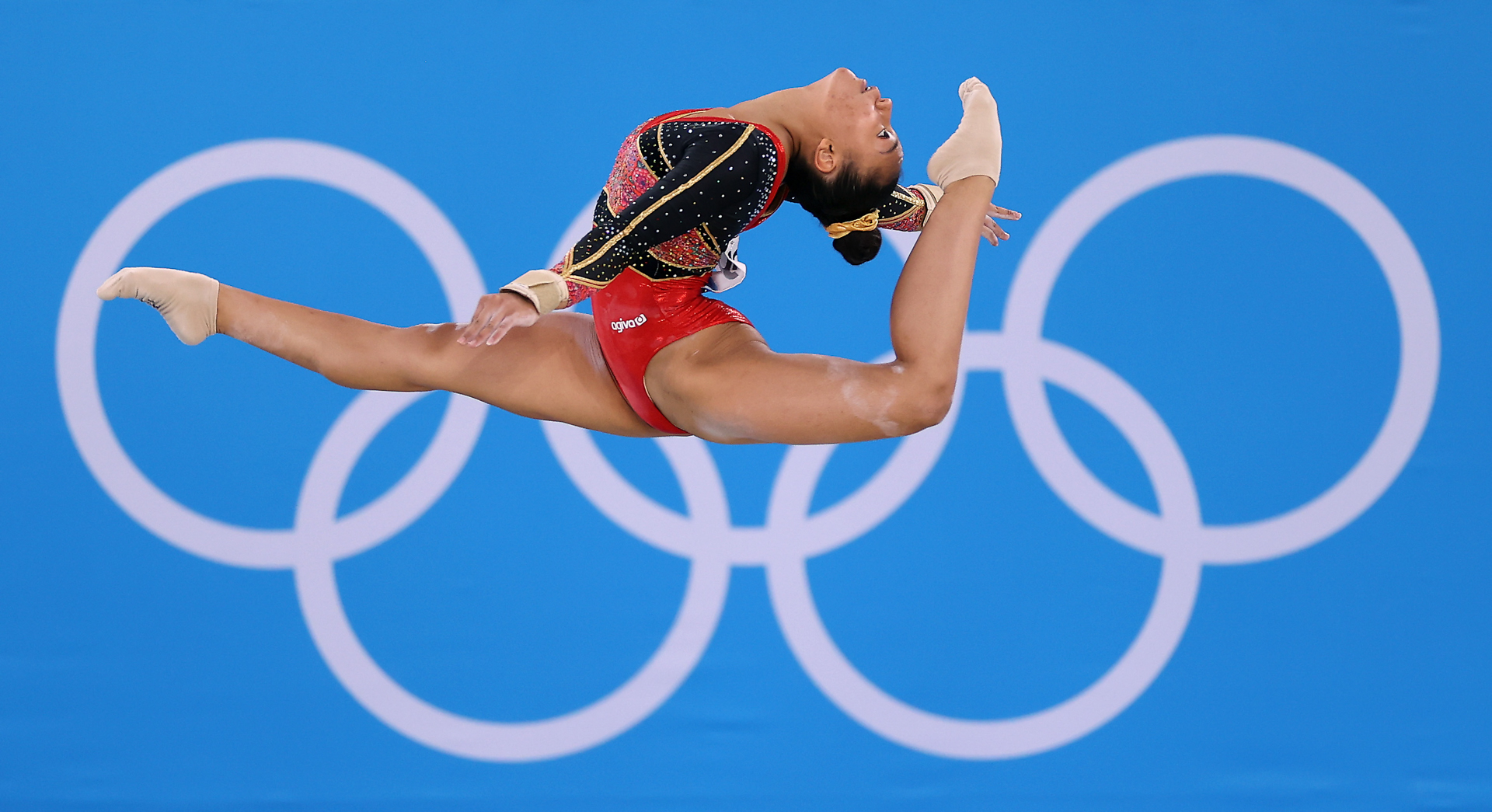
This summer might just be the greatest season of sport that we will ever witness. That’s the view of Laurence Griffiths, the Director of Sports Photography at Getty Images. We’re speaking the day before the FA Cup Final and a week before the Champion’s League Final, both of which were played at Wembley. They are two of football’s biggest annual fixtures, and yet Laurence seems perfectly calm and relaxed about it all, as if he’s looking forward to stretching out on the sofa to watch the games on telly at home. But don’t be fooled. This is the man who’s been here plenty of times; the planning and preparation is completed, cameras ready and primed all over the stadium, waiting for kick-off.
This is merely the start. “We’re just entering the busiest period,” he says. “You’ve got the final stages of all the leagues, the European leagues and then we’ve got the Champions League Final next week. We’ve got the European Championship portrait project just about to kick off, then the Euros, the Paris Olympics and then the Paralympics, so it’s absolutely a summer like no other.”
So, you really do mean this is a summer like no other?
Last year was supposed to be relatively quiet but I felt it was busier than ever. I was Director of Photography for the Women’s World Cup in Australia and New Zealand and then the Rugby World Cup in France. And then you’ve got of all the portrait projects, which take a phenomenal amount of organization, and making sure the teams are well equipped with the equipment and the communications with the governing bodies. It’s not quite as simple as going to photograph a game of sport any more.
What’s your weekend looking like for the Champion’s League Final?
My role has slightly changed – I’m still taking pictures but I’m running a team of photographers and editors with an oversight of the whole operation, so the Champion’s League Final is a very busy one; we’ve got six photographers plus the UEFA official photographers, so there’s 12 on ground. We’ve got IT technicians going to Wembley. We pretty much remote edit everything now, just to be more efficient. With the advances in technology, we’ll have 10 people in the London office managing that content and delivering at supersonic speeds. Everyone wants pictures in the blink of an eye. There’s a lot to think about, even down to the winners’ portraits after the match, so we’ll set up a studio within Wembley and fire out some amazing pictures of the players with the trophy. It’s a massive operation.

It sounds it. Do you ever get a weekend off, a break from the job?
Not really. I think within this role you accept that it’s a way of life rather than a job, so there’s always something to keep my eye on. I try to get as much organizational stuff done within the week and then leave weekends to do a bit of shooting as well, but that’s certainly getting harder as life goes on.
How many Getty Images ’togs will be covering the Olympics?
We’ve got a photographer going to Tahiti to shoot an event!

Seriously? Tahiti?
Well, there’s surfing in Tahiti! Amazing, isn’t it? There’s 150 staff involved in the Paris Olympics, probably pushing 160 now. Not all are photographers. The editing side we’re doing remotely from the London office, supported by another desk in America and another desk in Sydney, so we can pretty much roll 24 hours a day and utilize time zones.
We’ve got 65 editorial photographers and we’ve got a further team of 20 commercial photographers because we have had a long-standing relationship with the IOC spanning 12 summer games. At Getty Images we have fantastic relationships with many governing bodies like the IOC, FIFA, UEFA, multiple leagues around Europe and the world, so we’re in a very privileged position.
There must be advantages to that?
Photographing the Olympic Games with the IOC pool and the major agencies gets better access than standard consent. So, there’s a blue bib that allows you infield.
Access to events is key, isn’t it?
Gymnastics is one of my true loves as my daughter is a gymnast, so to be on the floor infield when all the other photographers are out, to have that flexibility to move into position is such an honour and it’s something I never forget. The access is amazing and working for Getty Images means we get the front row of the greatest sporting events in the world.
Of all the sports you have covered, is there still room for a favourite?
Oh, yeah. Football is my true love. Football and cricket, with a bit of rugby and gymnastics, of course. I grew up playing football and cricket, and I was England’s official photographer in the men’s cricket for about ten years and went all over the world with them. We weren’t particularly good at that point, but it was still a wonderful experience. When I first started a cricket tour, I was only 19 or 20, there was a group of photographers who were good friends and we had an amazing time. It was a massive responsibility on young shoulders but I enjoyed that and it taught me a huge amount about how to manage teams and athletes without crossing the line.
How do you mean, ‘crossing the line with teams and athletes’?
It’s because you’re almost part of the team – you spend months on end with these people and forge close bonds with them. You feel their pain when they lose and you feel their joy when they win, but you must step away because you’re a journalist and you have to tell the story and reflect what’s happening on the field of play. So, it’s a fine balance and it taught me a huge amount because a lot of what we do is not just behind the lens, it’s managing and engaging with people as well, particularly when you are shooting a portrait.
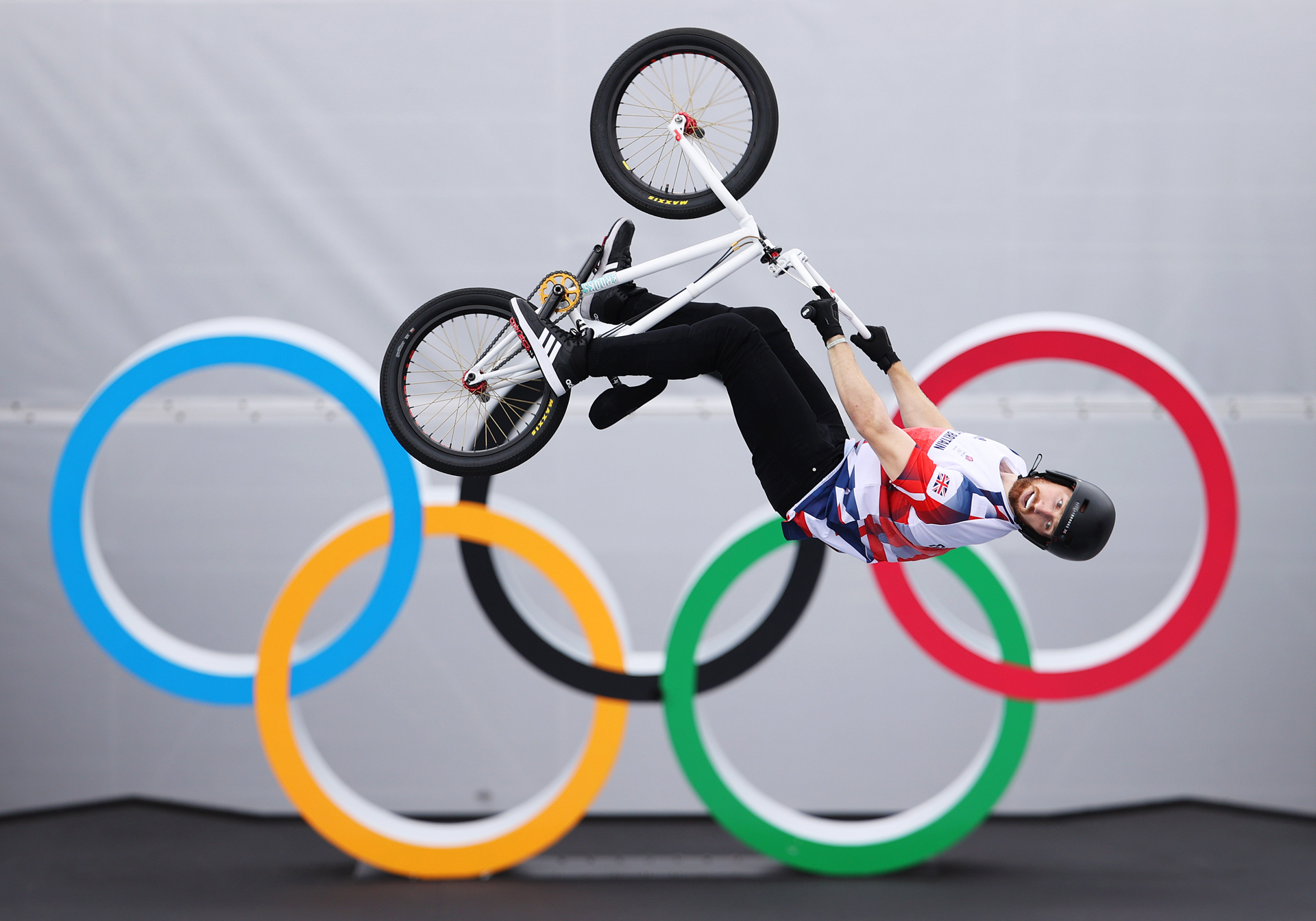
I imagine that a portrait is not something they’re used to?
Athletes are not always the easiest people to photograph. They’re not celebrities. They’re getting more used to it now with more exposure, but it’s not like photographing a model. You have to draw their personality out through your pictures and that comes through direct communication.
How did you make sure you didn’t miss a goal at the final of the Euros?
The atmosphere at a football game is very unique and you can get swept away with that and the excitement, particularly at big finals when your adrenaline is going and you’re getting to the climax of the game. You can’t miss a goal, you can’t miss the goal at a European final, you just can’t!
Especially if England are playing…
Well, England got to the final and it was during Covid and they’d opened Wembley to capacity, so it was weird because the start of the tournament was played with very limited people in the stadiums. I was like the lone crusader for Getty Images because access was very limited. I was firing 12 cameras. I operate with two cameras behind each goal remotely, I have three cameras with me – I’ve got 400mm, 70-200mm and 24-70mm. I was firing a multitude of remotes that I had set up in the catwalk as well. Remotes are a bit of a lottery once you’ve done all the hard yards of setting them up. We go in and set them up at the start of the tournament (Euro 2020) and they stayed in situ at Wembley Stadium for the whole of the tournament. I was back up and down between matches maintaining them, making sure they were all okay, but once they’re up, they’re up. I have a pocket wizard which fires in one big loop. So, there’s a lot to process, but I love the challenge of that.
Will you be shooting a particular sport at the Olympics this year?
Not this time. I’m responsible for running the editing operation. We have a team of about 40 editors managing all the content coming in on a daily basis. Although I have been responsible for gymnastics for the past three Olympics, for this one I’m not shooting, sadly. It’s probably going to be the most important event with Simone Biles competing in Paris and the US putting together their dream team. Simone absolutely smashed it in qualification.
With so many different sports, how do you decide who shoots what?
Inevitably, we put specialists on certain things, so we’ve got teams covering the athletics, the gymnastics, the swimming, football and the cycling. And then we have a team covering all the other sports. Many of these photographers have been to multiple Olympics so you get to experience all the other sports. Shooting at the Olympic Games is the pinnacle of sports photography, it’s the ultimate for me personally and for Getty Images photographers. Not everyone can go to the Olympics; we have to make decisions on who is right for our team, so to actually get to photograph an Olympic Games for Getty Images is a huge honour.
What’s the best aspect about being involved with the Olympics?
What I love most about the Olympics is nipping off to other sports like BMX, taekwondo, fencing, so you have these wonderful opportunities to shoot sports that you don’t normally photograph. That’s a challenge in itself, and you have to draw on your experiences of past events to work it all out.
Yes, because for the past few Olympics there have been new sports added…
Yes, speed climbing and BMX freestyle were last time, then skateboarding before that. We always get there 10 days in advance, so the photographers know exactly what they’re covering at the Olympics. For example, in Tokyo I knew I was going to do water polo, gymnastics, freestyle BMX and a bit of rowing, so a real mix of stuff.

There must be a lot of planning to work out the best chances for getting the best pictures?
Absolutely. For example, with gymnastics I work with the guys who are installing the cameras and the robotics; I’d meet the media manager for the venue, make sure they know who I am, I’d walk around the floor of the gymnastics, make sure I show my face to all the judges, so they’re used to me right from the start and I’d go there every day. I try to do that with the other sports, so I’ll look at the angles where branding and the big Olympic rings are, plan what lenses I need, what I’m going to do. At the gymnastics, you’ve got podium training, so you can watch the athletes. I like to go into the stand, I’ve got my cameras with me, and I’ll spend hours watching the gymnasts, watching their routines, picking out points in their routines, so you’re building a picture in your mind about where pictures are going to happen. It’s all in the preparation.
It’s about working out where those peak moments will be?
Absolutely. Certain gymnasts do certain things, they finish their routines on certain parts of the floor. It’s absolutely critical. Even in Taekwondo or fencing, there’s normally an angle and this comes with the access as well.
Which interest came first, sport or photography as you grew up?
It was always sport first. I grew up playing sport and I was very fortunate because my uncle was a super-talented photographer. He worked for the Press Association. Dave Jones, he’s now retired. He was an all-rounder; he shot news, he was on the royal rota, he was well respected by the Palace. When Princess Diana died, he was the photographer the Palace called to go and photograph Earl Spencer when he laid her to rest on his estate at Althorp. Dave asked me to process his film that day and I point blank refused! For something that big I thought he should be responsible for that one roll of film.
He sounds like a very important mentor to you?
I was very fortunate to have Dave guiding me. He took one photograph which won an award back in 1987 of the FA Cup Final (Coventry v Spurs). It was of Keith Houchen scoring an amazing diving header and he got it perfectly. It was a black and white image and it made me realize, as I was searching for a career, why not become a sports photographer? Dave used to take me to Nottingham Forest, my home town club. It was a lot different then. I could just walk in with him with a camera bag on my shoulder and they’d let me in. He used to give me lessons and some pretty harsh criticism – and introduced me to a local agency there, where I started. I’ve been fortunate in my career where I have been presented opportunities and I realized this was an exciting job that never felt like a job, a job that you could love and get your teeth into.
What did Dave teach you that you’ve never forgotten?
Dave’s advice to me, which I did ignore at the time, was to always have a wide-angle lens at your feet. He gave me that advice and stupidly I thought that I knew better! I was at AC Milan one day and Filippo Inzaghi scored and ended up on the advertising boards right in front of me, and I had a 70-200mm, so I was doing a headshot of a guy when what I really needed was a wide-angle. His words of wisdom resonated with me and from that moment on I always had that camera by my feet. It paid dividends at that Champions League Final when Drogba scored and ended up right in front of me.
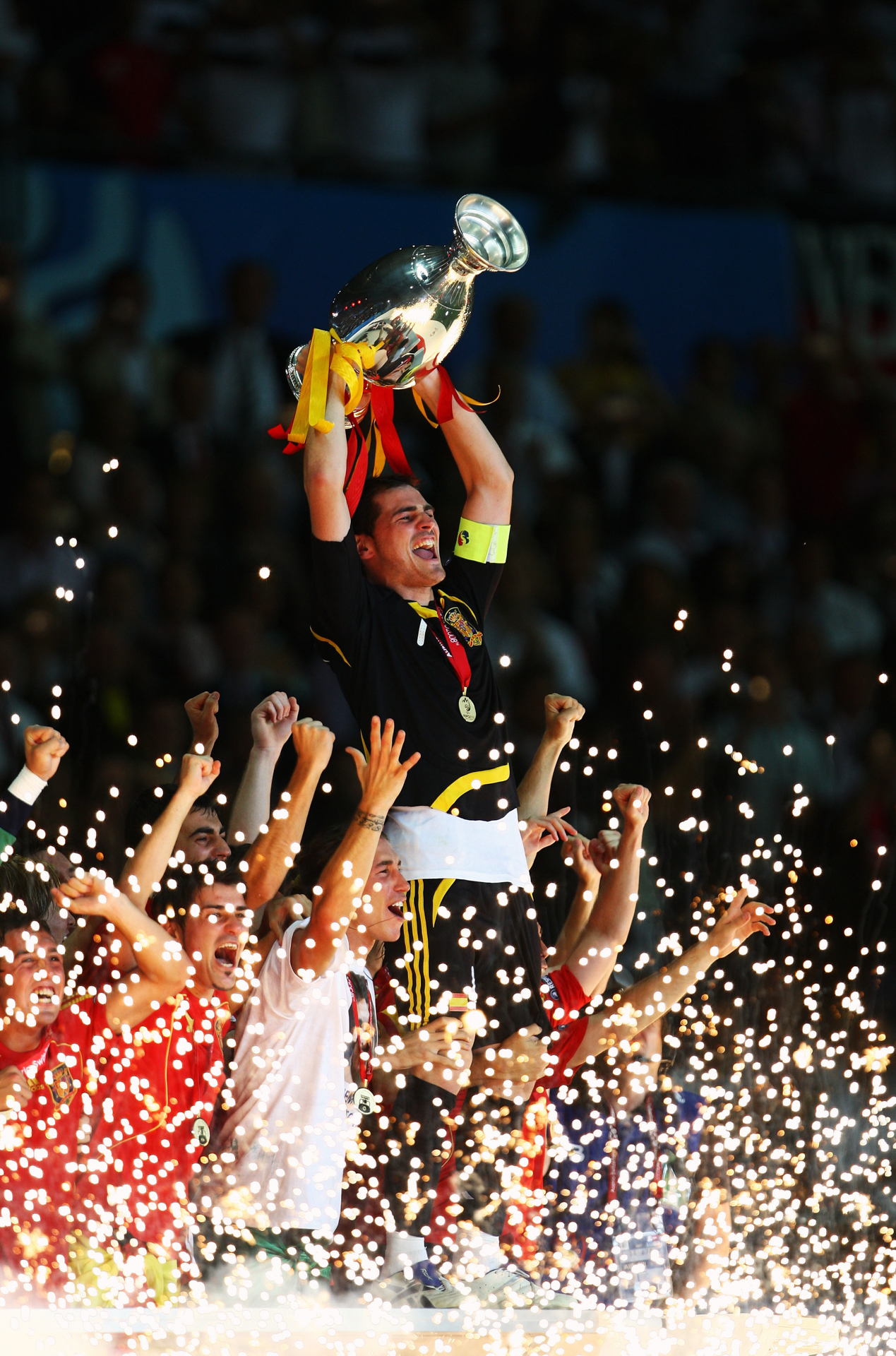
Your first Nikon was an FM2, now you’re using the Z 9. What’s the best thing about it?
It’s absolutely incredible. What I first liked was that it had a retro feel and look about it. Even though it’s a complex computerized tool, it still has to feel right in your hand first and foremost. One of the amazing parts about the Z 9 is being silent. In football, it doesn’t matter at all – there’s huge amounts of noise generated from the fans and nobody knows you’re working – but with gymnastics, golf, tennis, suddenly you can be completely anonymous to the athlete, you’re not impacting. I’m at the foot of a beam and Simone Biles is three feet away and the shutter is going all the time, so you’re conscious of the noise you’re making. Now, it’s amazing to be totally silent. Many sports are insisting on the use of mirrorless cameras now within their operations.
Do you have a favourite lens?
It depends on the sport. With football, I use a 400mm f/2.8 as my bread and butter and then I go to a 70-200mm and a 24-70mm, so that is my kit. I’ve got the full range of focal lengths to cover me in any scenario. I don’t think there’s any better image than shooting at f/2.8 in football when you’re filling the frame, and the drop-off in focus just gives it that impact and that beauty. I’m a bit old school in that regard.
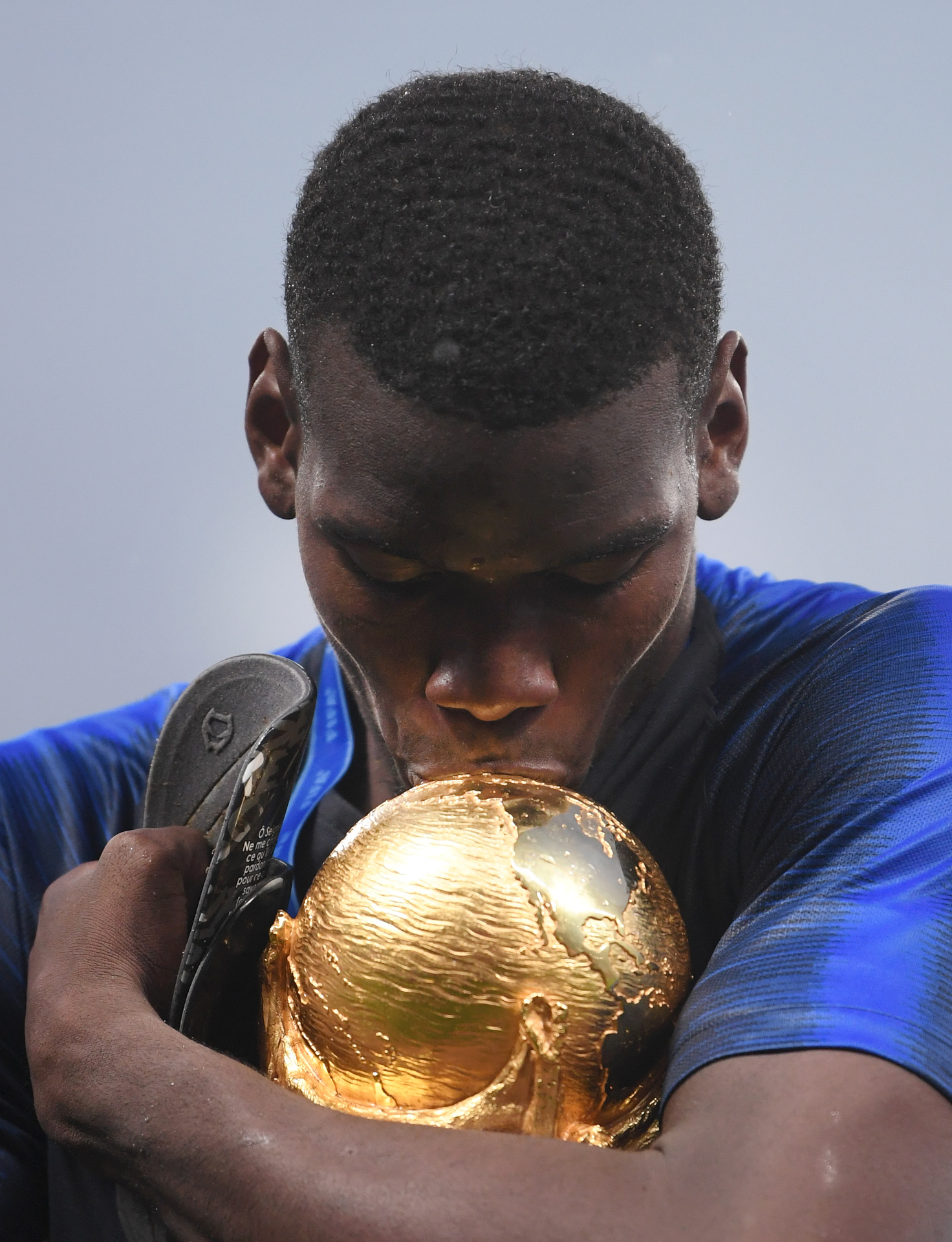
Do you prefer primes to zooms?
It depends on how much I want blurred in the background and whether it’s a whole table of food, or whether I’ve got a cake and I want the rest of the background blurred, so it depends on the food. The other bit of equipment I really need for food photography is a tripod. If people try to shoot food without using a tripod, they just can’t get that sharpness in the dish. I’ve got a normal tripod and I’ve got one with a boom arm, so I will shoot on a tripod even when I’m doing a flat lay.
Which cameras are you using now? Have you moved to the Z series?
I try to stay clear of the big zooms, I’m not a massive fan. I see so much content coming in as an editor and if you’re using a zoom the natural reaction is to zoom out all the time to keep the subject in, so you’re not exactly pushing the boundaries too much. It’s like stick or bust on a 400mm – you wait until that moment of absolute perfection, but if you were on a zoom you’d zoom out a little, you’d bottle it a little bit, so you’d lose that impact.
That’s a good point on impact…
I love a prime lens because it challenges you, but the pressures of the business mean that a 70-200mm at a football match gives you the capability not to miss those really important goals by chopping people’s heads off on the winning goal at the World Cup Final!

What’s your most memorable moment as a sport photographer?
Photographing amazing athletes from a privileged position is the biggest honour for me. Simone Biles is out of this world. She’s a next-level athlete like Michael Jordan, like Muhammad Ali, she’s like Pele. You get the honour to watch and photograph certain individuals at certain moments in their career where it’s kind of poetry. It’s an incredible feeling, and watching Simone at the World Championships in Stuttgart, watching her at the Olympics in Rio, was something very special. Just to be part of that and to record those moments in history that hopefully long after I’m gone people will be looking back and thinking, ‘He knew how to use a camera, that guy!’ That’s all I’m bothered about, I just try to present the best version of them.
This interview first appeared in N-Photo magazine.
You might be interested in the best Nikon cameras along with the best Nikon lenses – and particularly the best Nikon Z lenses designed for its mirrorless cameras.





